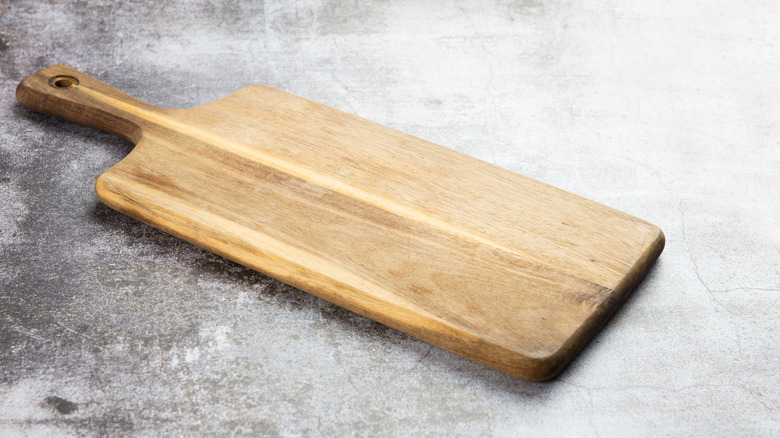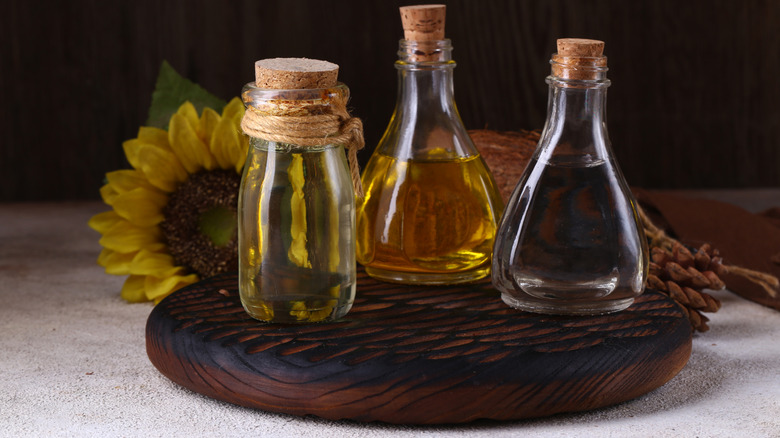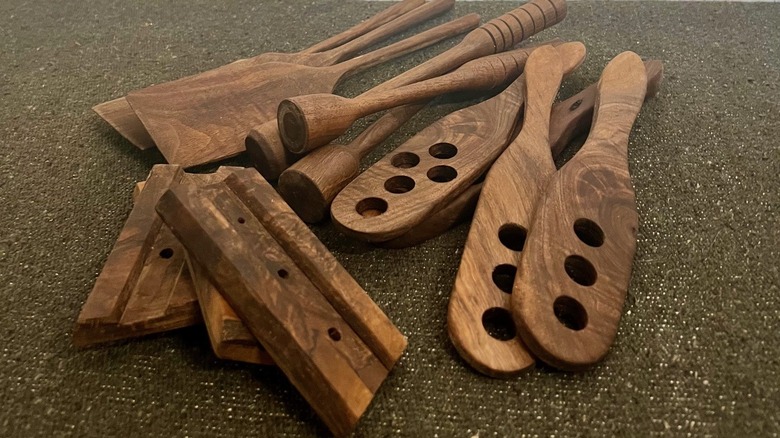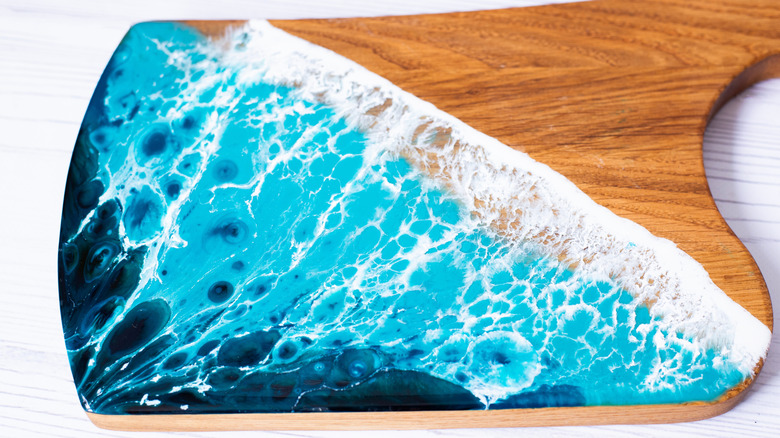Wood Finish & Food Safety: Here's What You Need To Know
We may receive a commission on purchases made from links.
Charcuterie boards, cutting boards, wooden bowls, wooden utensils, spurtles, muddlers, serving platters. All of these items made of wood are popular and practical in our daily life. As a professional woodworker, I refer to this category of products as "treenware." They're wooden objects designed for use in the kitchen to be used with food. But can the finishes on these items harm us? Are they toxic? Wooden bowls and boards have been used in kitchens for centuries, so the question of whether they are safe to use might be considered an odd one. But just because the wood used today is the same as it was 100 years ago does not mean the finishes applied to the wood remains the same. You'll need to consider the safety of these products, but know that the risk of toxins is negligible — mostly.
So, the question is: if you are going to buy wooden kitchen utensils, how do you know if the finish will harm your food or you? Additionally, if you are making something like a cutting board or maintaining one you've purchased, which product should you use? Adding to the food-safe question is the rising popularity of treenware that makes use of epoxy resin. The epoxy is colored with dyes and minerals to create gorgeous charcuterie boards, salad bowls, and the like, but will the resins leak chemicals into your food? While Mrs. Seegar, my high school chemistry teacher (whose class I dropped to avoid failing) can confirm I am not a chemist, I can provide a few guidelines for you to keep your food safe.
Most wood finishes are safe, but you can make even safer choices
My 4-year-old son swallowed a few small objects that had lacquer on them. I called poison control. They asked if the finish had cured. When I said yes, they told me not to worry. The solvents in the finish are dangerous, but once the solvents are gone, the finish is inert — not harmful. I was relieved. Generally, finishes used in woodworking are not dangerous once they have cured and no toxicity occurs. But that is no reason to intentionally consume them. So, while lacquers, varnishes, and polyurethanes generally pose no health threat, I recommend avoiding them for wooden products you eat food from.
Natural oils like tung oil, linseed oil, and cooking oils like La Tourangelle walnut oil are 100% safe to use. The same is true for natural waxes like beeswax. They protect the wood from absorbing water and oils, and look great. They won't create a shiny finish, but are easily touched up if they go a little dull after washing. The kind of oil you put on a wooden breadboard, mineral oil, is often called butcherblock oil. This is another great nontoxic protective finish for wooden kitchenware. It does not "build up," but it will never smell funky like some vegetable oils can.
The last ultra food-safe finish is shellac. Made from an excretion of the lac beetle, it's not only a wood finish, but is used to coat things like candy and is what most drug capsules are made from. Its downside that it creates a shiny film coat, which could be a problem.
The downsides of glossy, shiny finishes on wooden kitchenware
Lacquer, varnishes, polyurethanes, and shellac all create a film coat when applied to wood. This is a thin layer that lays on top of the wood which protects the wood from water, grim, oils and fats, and a host of other contaminants. The problem with film coats on treenware is that with use, they can start to crack and flake ... cracking and flaking into your food. You likely will not see or taste them, nor will they cause toxicity problems — but do you really want to eat your varnish? This is especially a problem for cutting boards, and to a lesser extent, charcuterie boards, where you chop down with knives, cutting through the finish and breaking it loose from the surface. Again, the health risks are low, but it is yucky.
Which gets us to an action item. If you are shopping for treenware, stay away from wood that has a shiny finish. There are a few reasons to do so. First, glossy finishes show scratches prominently. They also break down and discolor if too much heat is applied to them, like setting a hot teapot on a shiny wood surface. And repairing the finish means sanding and applying another film coat product, which is messy and annoying. The natural oils and waxes mentioned above have a very low sheen, but they avoid the scratching issue and do not flake or crack. If they need a touch-up, rubbing on some oil or wax is fast and easy, making them look like new.
Are epoxy-decorated kitchen products safe?
Much like other finishes, once epoxy has cured, it's inert. Some companies that make epoxy resin have gone through the process of being identified as food safe, but the vast majority have not. Making the issue more complicated are the dyes and products added to the resin to provide color. Mica powder, bits of metal, or other interesting items are often included in the epoxy, and none of those things have been tested as food safe. There is likely little danger, but why risk it? Many epoxies use a reactant that includes BPA, also known as bisphenol. According to a 2020 study in Endocrinology, bisphenol has been connected to adverse health effects. Many folks are concerned about it. Epoxy that is heated may release BPAs, but tiny amounts on wood might not be considered as dangerous.
Personally, I would choose not to use a chopping board or eating utensils that included decorative epoxy resin, because the resin will be disfigured by repeated use on the board. I might use a charcuterie board or salad bowl that includes resin. However, it may be better to consider the idea of putting no finish at all on treenware. A cutting board with no finish works great. Clean them with soap and water and all is well. The pieces will develop their own unique patina as they are used, which I find attractive. But what about bacteria and germs growing on the cutting board? That's not a concern. In fact, a study from the University of Wisconsin showed that wooden cutting boards actually killed bacteria, while plastic cutting boards allowed it to multiply.



